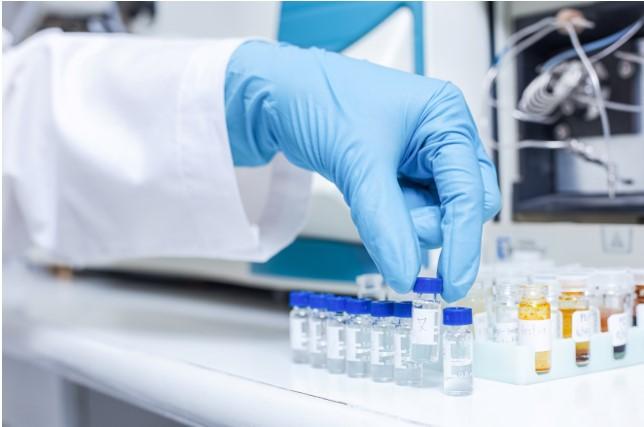Exploring Biotinylation and PEGylation: Transformative Techniques in Biotechnology

Introduction
The fields of biotechnology and molecular biology have made significant strides due to advancements in protein and peptide modification techniques. Among these, biotinylation and PEGylation stand out as transformative. Both methods have opened new avenues in drug delivery, diagnostics, and therapeutic applications. This article introduces these two key techniques and discusses their implications, with a specific focus on PEGylated interferon.
Biotinylation: Precision and Versatility
Biotinylation is a process that attaches biotin molecules to proteins, nucleic acids, or other molecules. Biotin, a water-soluble B-vitamin (also known as Vitamin B7 or Vitamin H), has a strong affinity for avidin and streptavidin, proteins that provide a robust framework for capturing and detecting biotinylated molecules.
Key Applications and Benefits
Protein Purification and Detection: Biotinylation allows for the precise tagging of proteins, facilitating their isolation and analysis through methods like western blotting and ELISA.
Enhancing Drug Delivery: Biotinylated drugs can target specific cells or tissues more efficiently when combined with biotin-binding proteins, increasing therapeutic efficacy and reducing side effects.
Bioimaging: Biotinylated probes enable high-resolution imaging of cellular components, aiding in detailed studies of cell biology.
PEGylation: Enhancing Drug Performance
PEGylation is the process of attaching polyethylene glycol (PEG) chains to molecules, such as proteins or peptides. PEGylation can modify the pharmacokinetics and pharmacodynamics of these molecules, leading to numerous therapeutic benefits.
Key Applications and Benefits
Increased Stability and Solubility: PEGylation can enhance the stability and solubility of therapeutic proteins and peptides, making them more effective in physiological conditions.
Extended Half-Life: Attaching PEG chains can reduce the renal clearance of drugs, extending their half-life in the bloodstream, and thus decreasing the dosage frequency required.
Reduced Immunogenicity: PEGylation can mask potential antigenic sites on therapeutic proteins, reducing the immune response and improving the safety profile of these treatments.
PEGylated Interferon: A Revolution in Therapeutics
One of the most notable applications of PEGylation is in the development of PEGylated interferon. Interferons are proteins used in the treatment of various viral infections and cancers. However, natural interferons have a short half-life and can cause significant side effects due to frequent dosing.
Benefits of PEGylated Interferon
Enhanced Efficacy: The PEGylation of interferon significantly increases its half-life, allowing for less frequent dosing while maintaining therapeutic efficacy.
Improved Patient Compliance: With reduced dosing frequency, patients are more likely to adhere to their treatment regimens, improving overall outcomes.
Reduction in Side Effects: The extended half-life and steady-state levels of PEGylated interferon minimize the peaks and troughs in drug concentration, reducing side effects.
Conclusion
Biotinylation and PEGylation are crucial techniques in modern biotechnology, offering unparalleled advantages in the study and application of proteins and peptides. Biotinylation provides versatility for tagging and imaging, while PEGylation enhances the performance of therapeutic molecules, as exemplified by the development of PEGylated interferon. As research and technology continue to evolve, these methods will undoubtedly play a pivotal role in advancing biomedical science and therapeutic interventions.
- Questions and Answers
- Opinion
- Motivational and Inspiring Story
- Technology
- Live and Let live
- Focus
- Geopolitics
- Military-Arms/Equipment
- Securitate
- Economy
- Beasts of Nations
- Machine Tools-The “Mother Industry”
- Art
- Causes
- Crafts
- Dance
- Drinks
- Film/Movie
- Fitness
- Food
- Jocuri
- Gardening
- Health
- Home
- Literature
- Music
- Networking
- Alte
- Party
- Religion
- Shopping
- Sports
- Theater
- Health and Wellness
- News
- Culture

